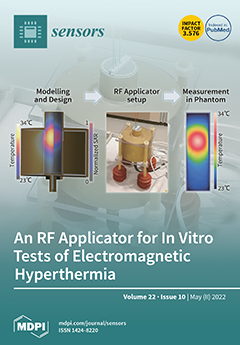The accurate identification of overlapping
Agaricus bisporus in a factory environment is one of the challenges faced by automated picking. In order to better segment the complex adhesion between
Agaricus bisporus, this paper proposes a segmentation recognition algorithm for overlapping
Agaricus bisporus
[...] Read more.
The accurate identification of overlapping
Agaricus bisporus in a factory environment is one of the challenges faced by automated picking. In order to better segment the complex adhesion between
Agaricus bisporus, this paper proposes a segmentation recognition algorithm for overlapping
Agaricus bisporus. This algorithm calculates the global gradient threshold and divides the image according to the image edge gradient feature to obtain the binary image. Then, the binary image is filtered and morphologically processed, and the contour of the overlapping
Agaricus bisporus area is obtained by edge detection in the Canny operator, the convex hull and concave area are extracted for polygon simplification, and the vertices are extracted using Harris corner detection to determine the segmentation point. After dividing the contour fragments by the dividing point, the branch definition algorithm is used to merge and group all the contours of the same
Agaricus bisporus. Finally, the least squares ellipse fitting algorithm and the minimum distance circle fitting algorithm are used to reconstruct the outline of
Agaricus bisporus, and the demand information of
Agaricus bisporus picking is obtained. The experimental results show that this method can effectively overcome the influence of uneven illumination during image acquisition and be more adaptive to complex planting environments. The recognition rate of
Agaricus bisporus in overlapping situations is more than 96%, and the average coordinate deviation rate of the algorithm is less than 1.59%.
Full article






